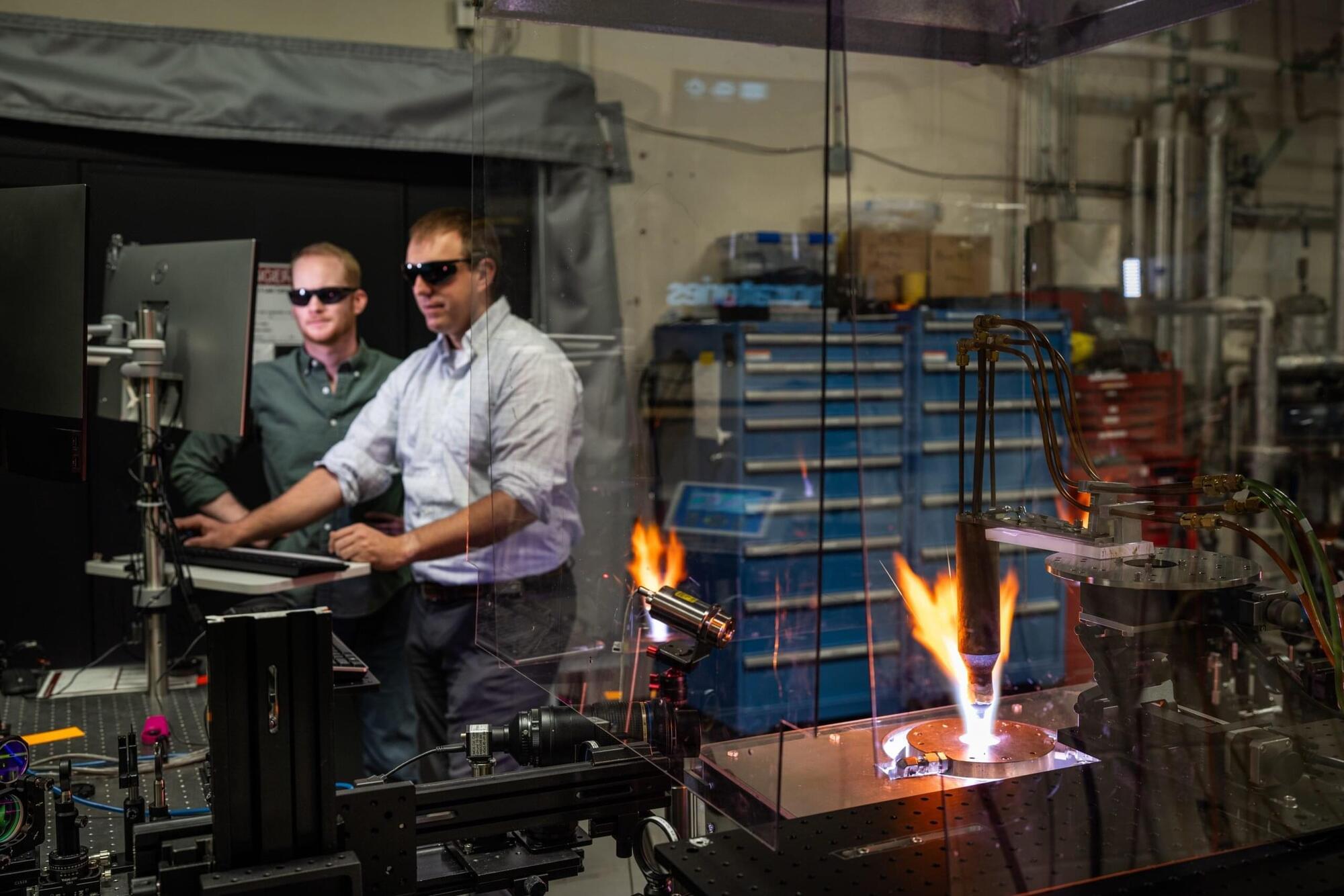The U.S. Treasury has removed three individuals linked to Intellexa and Predator spyware from its sanctions list, without explaining the decision.



The leading cause of death due to injuries in war is excessive bleeding. A KAIST research team, in which an Army Major participated, has tackled this issue head-on. By developing a next-generation powder-type hemostatic agent that stops bleeding just by spraying it, they have presented an innovative technology that will change the paradigm of combatant survivability.
A joint research team led by Professor Steve Park from the Department of Materials Science and Engineering and Professor Sangyong Jon from the Department of Biological Sciences has developed a powder-type hemostatic agent that forms a powerful hydrogel barrier within approximately one second when sprayed on a wound.
The research was published in Advanced Functional Materials.


From the tragedy of the space shuttle Columbia disaster in 2003 to the now-routine return of commercial spacecraft, heat shields—formally called thermal protection systems—are critical for protecting vehicles from the intense heat and friction of atmospheric reentry or traveling at many times the speed of sound.
Now, a team of engineers at Sandia National Laboratories have developed ways to rapidly evaluate new thermal protection materials for hypersonic vehicles. Their three-year research project combined computer modeling, laboratory experiments and flight testing to better understand how heat shields behave under extreme temperatures and pressures, and to predict their performance much faster than before.
Hypersonic flight means traveling at speeds of at least five times faster than the speed of sound, or more than 3,800 miles per hour. Other vehicles, such as ballistic missiles, can travel this fast, but hypersonic vehicles are far more maneuverable and unpredictable, making them harder to intercept. Unlike reusable spacecraft, the thermal protection systems used on U.S. hypersonic missiles—which solely deliver conventional weapons—are designed for a single use.
SpaceX is preparing for a potential IPO by buying back shares from institutional holders and allowing existing shareholders to sell shares, while its affiliate company Tesla is making progress in autonomous driving technology with plans to launch robo-taxis in multiple cities ## Questions to inspire discussion.
SpaceX Investment Access.
🔐 Q: How can individual investors access SpaceX shares before the IPO?
A: Investors must be accredited with liquid net worth over $1M (excluding home) and can access shares through special purpose vehicles (SPVs) that charge upfront fees and 10% carry on returns.
💰 Q: What is the minimum investment required to buy SpaceX shares directly?
A: Direct SpaceX share purchases require $50M-$1B investments due to SEC’s 2,000 shareholder cap for private companies, making SPVs the only option for smaller investors.


A human rights lawyer from Pakistan’s Balochistan province received a suspicious link on WhatsApp from an unknown number, marking the first time a civil society member in the country was targeted by Intellexa’s Predator spyware, Amnesty International said in a report.
The link, the non-profit organization said, is a “Predator attack attempt based on the technical behaviour of the infection server, and on specific characteristics of the one-time infection link which were consistent with previously observed Predator 1-click links.” Pakistan has dismissed the allegations, stating “there is not an iota of truth in it.”
The findings come from a new joint investigation published in collaboration with Israeli newspaper Haaretz, Greek news site Inside Story, and Swiss tech site Inside IT. It’s based on documents and other materials leaked from the company, including internal documents, sales and marketing material, and training videos.

The Predator spyware from surveillance company Intellexa has been using a zero-click infection mechanism dubbed “Aladdin,” which compromised specific targets by simply viewing a malicious advertisement.
This powerful and previously unknown infection vector is meticulously hidden behind shell companies spread across multiple countries, now uncovered in a new joint investigation by Inside Story, Haaretz, and WAV Research Collective.
The investigation is based on ‘Intellexa Leaks’ — a collection of leaked internal company documents and marketing material, and is corroborated by technical research from forensic and security experts at Amnesty International, Google, and Recorded Future.

Before the Internet became widely known as a global tool for terrorists, one perceptive U.S. citizen recognized its ominous potential. Armed with clear evidence of computer espionage, he began a highly personal quest to expose a hidden network of spies that threatened national security. But would the authorities back him up? Cliff Stoll’s dramatic firsthand account is “a computer-age detective story, instantly fascinating [and] astonishingly gripping” (Smithsonian).
Cliff Stoll was an astronomer turned systems manager at Lawrence Berkeley Lab when a 75-cent accounting error alerted him to the presence of an unauthorized user on his system. The hacker’s code name was “Hunter” — a mysterious invader who managed to break into U.S. computer systems and steal sensitive military and security information. Stoll began a one-man hunt of his spying on the spy. It was a dangerous game of deception, broken codes, satellites, and missile bases — a one-man sting operation that finally gained the attention of the CIA…and ultimately trapped an international spy ring fueled by cash, cocaine, and the KGB.

As part of the QuNET project, researchers have demonstrated how quantum key distribution works reliably via hybrid and mobile channels. The results are milestones for sovereign, quantum-secured communication in Germany and have been published in the New Journal of Physics.
Quantum communication is considered a crucial technology for long-term data security and thus also for technological sovereignty in Germany and Europe. At its core is the distribution of secure cryptographic keys based on quantum physical processes—quantum key distribution (QKD).
QKD will not only be important for highly secure communication in government agencies, the military, and businesses, but will also help protect the data we use in our daily lives.